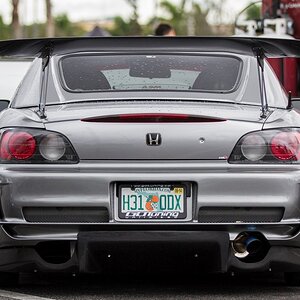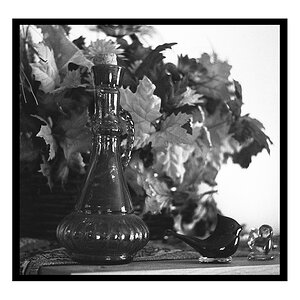CCericola
Been spending a lot of time on here!
- Joined
- Jan 5, 2011
- Messages
- 1,922
- Reaction score
- 567
- Location
- Washington
- Website
- www.csjstudios.com
- Can others edit my Photos
- Photos NOT OK to edit
I've only shot slide film in college, making slides for painters and sculptors. I just got some ISO 400 slide film for my Mamiya RB67. I was reading that like digital it hates blown highlights. And that I should be shooting ISO 400 at ISO 800.
Do I have my facts strait or am I completely off base?
I'll be shooting outside (Grounds for Sculpture) and this is the slide film I have Amazon.com: Fujifilm Fujichrome Provia 400X Color Slide Film ISO 400, 120mm, 5 Roll Pro Pack: Camera & Photo.
Since it is balanced for daylight would I need a color correcting filter in studio using studio strobes? My first thought is no because my flashtubes are UV coated to 5500K but I figured it doesn't hurt to ask.
Do I have my facts strait or am I completely off base?
I'll be shooting outside (Grounds for Sculpture) and this is the slide film I have Amazon.com: Fujifilm Fujichrome Provia 400X Color Slide Film ISO 400, 120mm, 5 Roll Pro Pack: Camera & Photo.
Since it is balanced for daylight would I need a color correcting filter in studio using studio strobes? My first thought is no because my flashtubes are UV coated to 5500K but I figured it doesn't hurt to ask.
As an Amazon Associate we earn from qualifying purchases.



![[No title]](/data/xfmg/thumbnail/36/36421-843e629a8c32ff091e337e6880f0c323.jpg?1619737565)


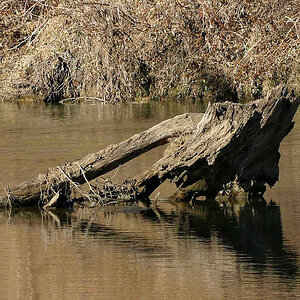

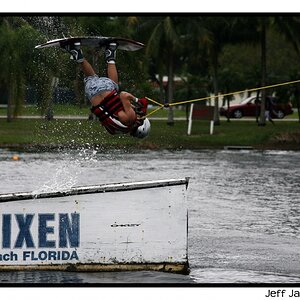
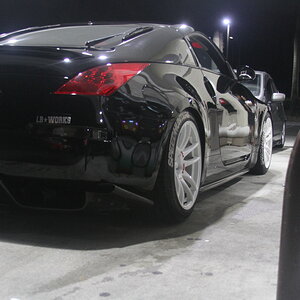

![[No title]](/data/xfmg/thumbnail/32/32930-09414fc020c2a60a456ff59a05c5ef8f.jpg?1619735759)
